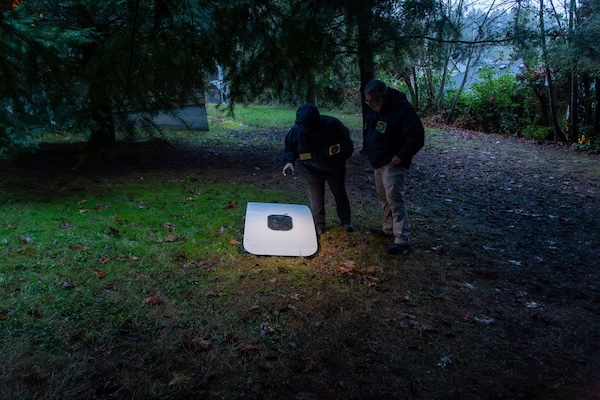To watch Deep Dive MH370 on YouTube, click the image above. To listen to the audio version on Apple Music, Spotify, or Amazon Music, click here.
For a concise, easy-to-read overview of the material in this podcast I recommend my 2019 book The Taking of MH370, available on Amazon.
Over the course of this episode and the next, we’re going to reveal a major break in the case: new data that upends the conventional understanding of MH370. It’s the first significant break since the final report in 2017, and it’s a doozy.
But before we do that, we have to set the stage. For the data to have meaning, you have to understand its context.
What we’re going to be talking about has to do with a method of dating events that occurred in the past. It’s similar in a way to carbon dating, in which scientists use the radioactive decay of an isotope of carbon to determine how long ago something died. Or dendochronology, which uses patterns in tree ring growth to allow scientists to identify the time period during which a piece of timber grew.
To set ourselves up for the big reveal, we’re going to explain how this methodology works, and why we can consider it as a robust and rigorous method to determining how long a process has lasted.
Then in our next episode, on the 10th anniversary of MH370’s disappearance, we’re going to reveal the new evidence that is going to change our understanding of the case, explain what it means, and talk about its repercussions.
Continue reading Deep Dive MH370 #24: Breakthrough Part 1
